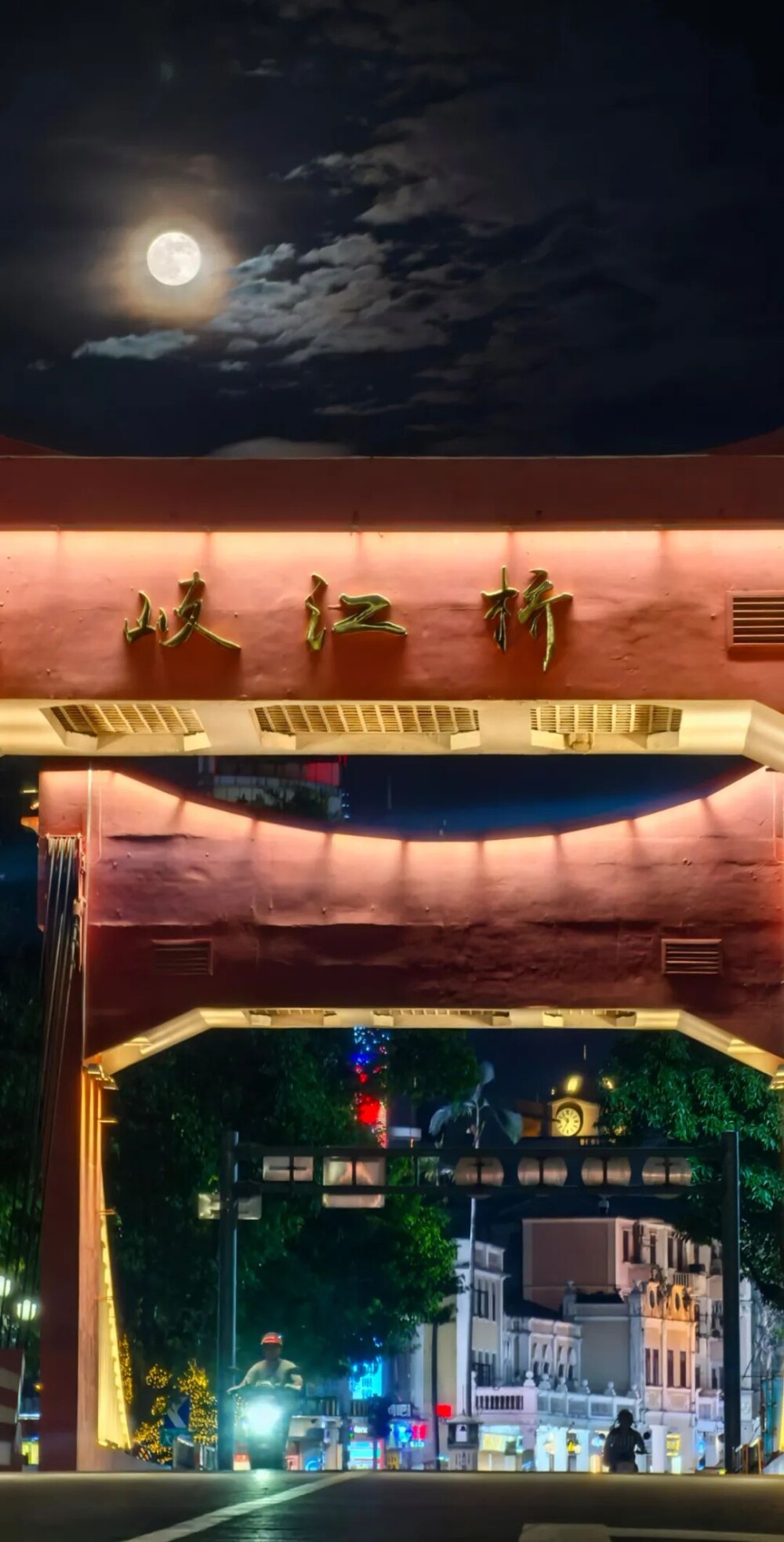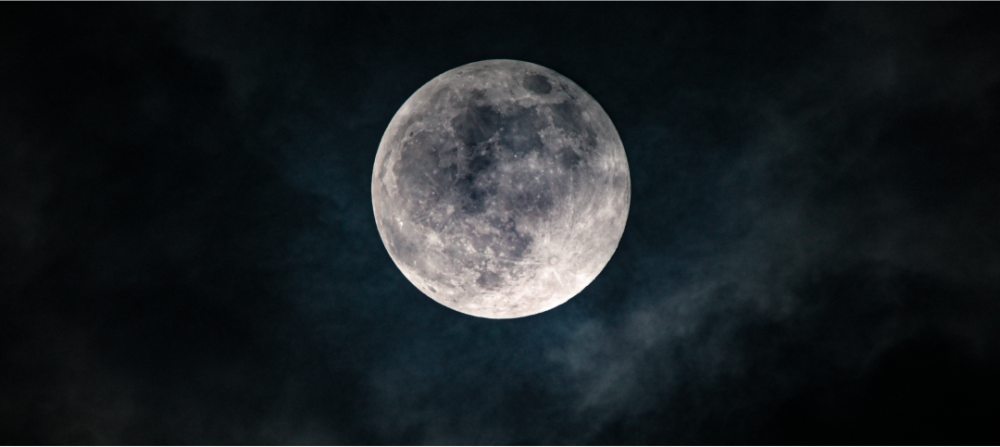This year’s Mid-Autumn Festival will feature an exceptionally large full moon, as a “supermoon” is set to grace the night skies. The festival falls on October 6, and moon-gazing is a central tradition. While the fullest phase of the moon occurs on the 16th day of the lunar month, this year’s mid-autumn moon will reach its peak roundness on October 7 at 11:48 AM, ranking as the third-largest full moon of the year.
According to Liu Zhongli, a member of the Chinese Astronomical Society and astronomy outreach expert at Tianjin Science and Technology Museum, since the fullest moment occurs during daylight, observers can enjoy the view on the evenings of October 6 or 7.
On October 8, Ceres, the first asteroid ever discovered, will reach opposition. If the skies are clear, stargazers using small telescopes or binoculars may spot this celestial body in the vast expanse of the sky.

On October 14, a brilliant Jupiter will appear close to a waning crescent moon, creating a picturesque celestial pairing. Early risers can witness this enchanting “planetary-moon dance” before sunrise.
On October 20, Venus, even brighter than Jupiter, will shine as the “Morning Star” alongside a thin crescent moon in the pre-dawn eastern sky. Observers in open areas can easily appreciate this “moon-Venus encounter.”

The Orionid meteor shower, linked to Halley’s Comet, will peak on October 21, with a Zenithal Hourly Rate (ZHR) of around 20. Coincidentally, the moon will be in its new phase that night, offering ideal dark-sky conditions for meteor watching. Liu notes this is a prime opportunity for meteor enthusiasts.
Also on October 21, Comet C/2025 A6 (Lemmon) will make its closest approach to Earth. Currently visible in the northern hemisphere’s morning sky within Lynx, it will shift to the northwestern evening sky in mid-October, appearing in Ursa Major.

On October 30, Mercury will reach its greatest eastern elongation—the final such event of the year. However, this will be the most challenging observation opportunity, as Mercury will sit very low on the horizon at sunset, making it nearly impossible to spot. Those hoping to glimpse Mercury again in the evening will need to wait until next year.

Author | Jiang Chang
Photo | Zhongshan Fabu
Editor | Wei Shen, James Campion, Shen He
